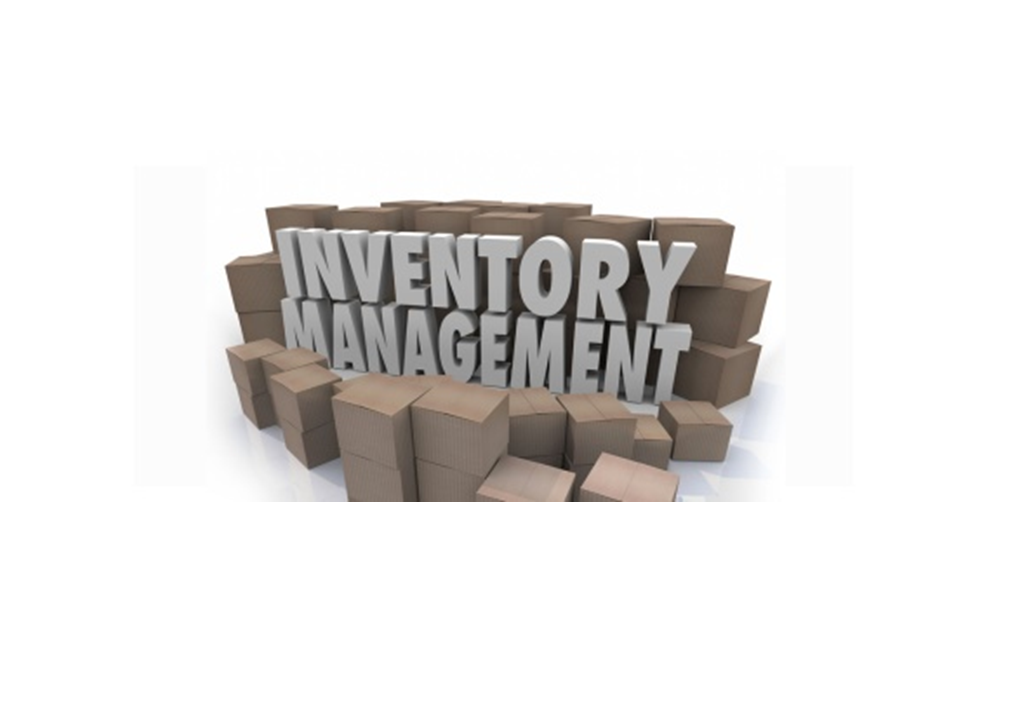Dopont Model Analysis
Introduction
Du-pont is very useful and helpful tool for manager, investors, and analyst that is created in 1920s by American Chemical Manufacturing Giant, Dupont Corporation for the purpose analyzing operation efficiency in the organization.
Du-pont analysis is an extended examination of Return on Equity (ROE) of a company which analysis Net Profit Margin, Assets Turnover, and Financial Leverage or Equity Multiplier Ratio. In simple words, it breaks down the ROE to analyze how corporate can increase the return for their shareholders.
Net Profit Margin is related to Profitability Ratio
Total Assets Turnover is related to Efficiency Ratio
Equity Multiplier is related to Leverage Ratio
Derivation of Du-pont Model
Components of Du-Pont Analysis
The following are the five components of Du-Pont Analysis listed as bellows:
Net profit Margin Ratio: It compares total net profit to total sales. It measures the profitability ratio of the company.
Total Assets Turnover Ratio: It compares total net sales to total assets. It measures efficiency ratio of the company.
Equity Multiplier: It compares total assets to total shareholder's equity. It measures leverage ratio of the company.
Return on Assets: It provides total net profit over total assets. It measures the profitability ratio of the company.
Return on Equity: It compares total assets to total shareholder's equity. It measures the profitability ratio of the company.
It also provide various others ratios like Net Operating Ratio, Cost of Goods Sold Ratio, Gross Profit Margin, Fixed Assets Turnover ratio, Current Assets Turnover Ratio, Capital Employed Ratio etc.
Conclusion
Du-Pont models breaks down the ROE to analyze how corporate can increase the return for their shareholders. After breaking the ROE, there are three ratio comes in as Net Profit Margin, Total Assets Turnover and Equity Multiplier. It also provides various other ratio such as Net Operating Ratio, Cost of Goods Sold Ratio etc.
Come On, Tell Me What You Think!
Did I miss something? Come on! Tell me what you think about this post on Du-Pont equation for ROA and ROE in the comments section.





Comments
Post a Comment
If you've any doubts or suggestions please let me know.